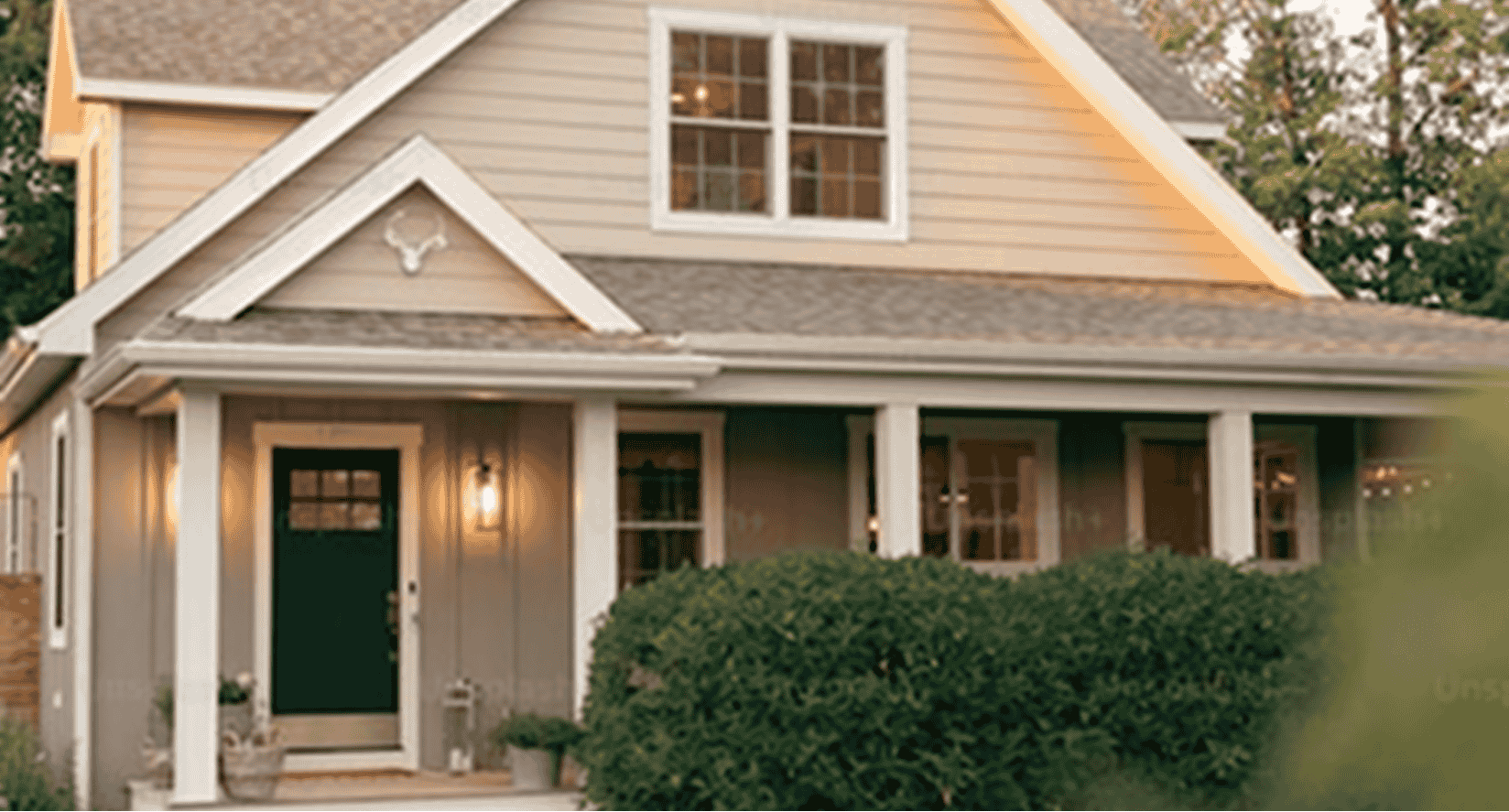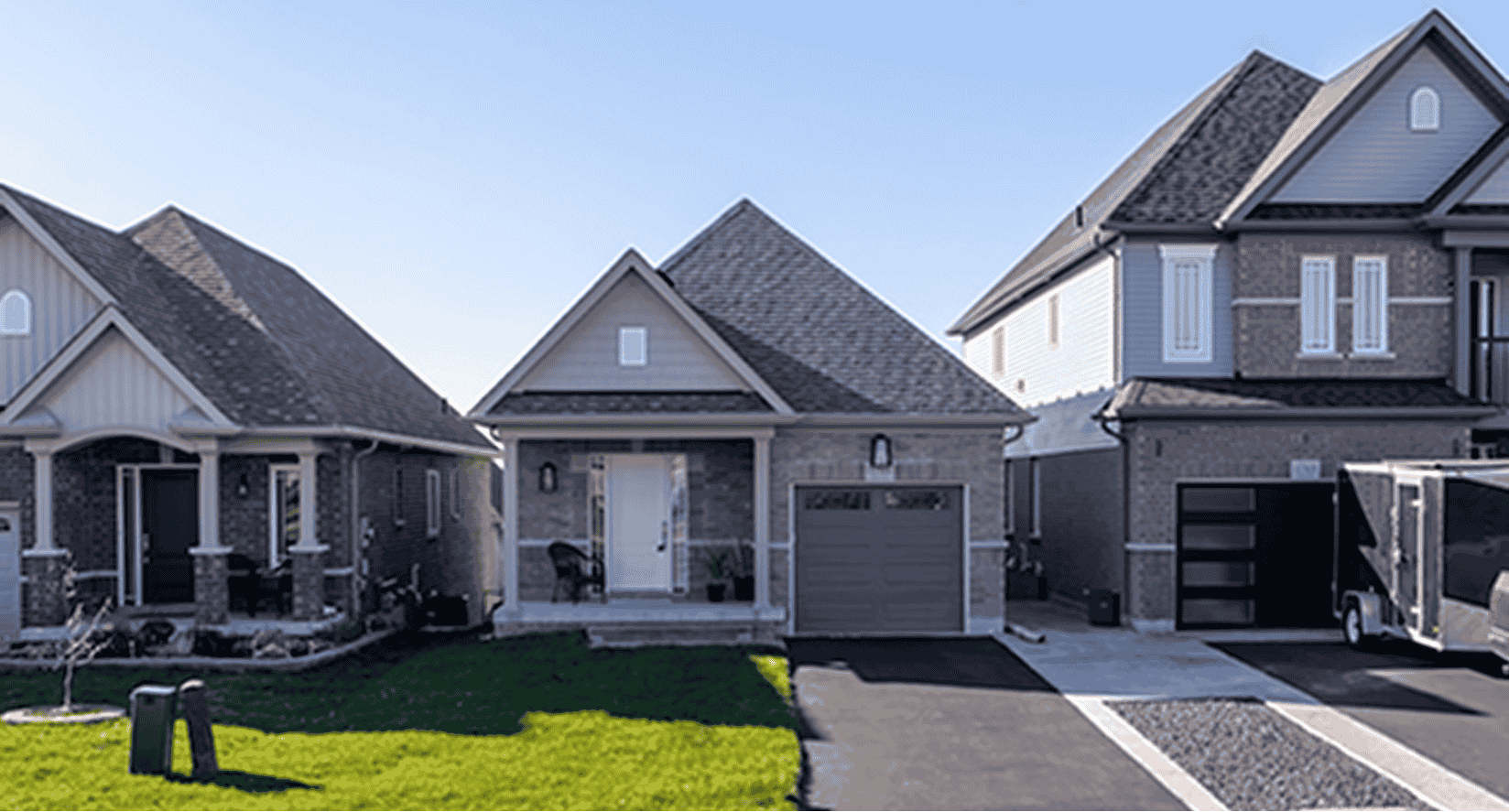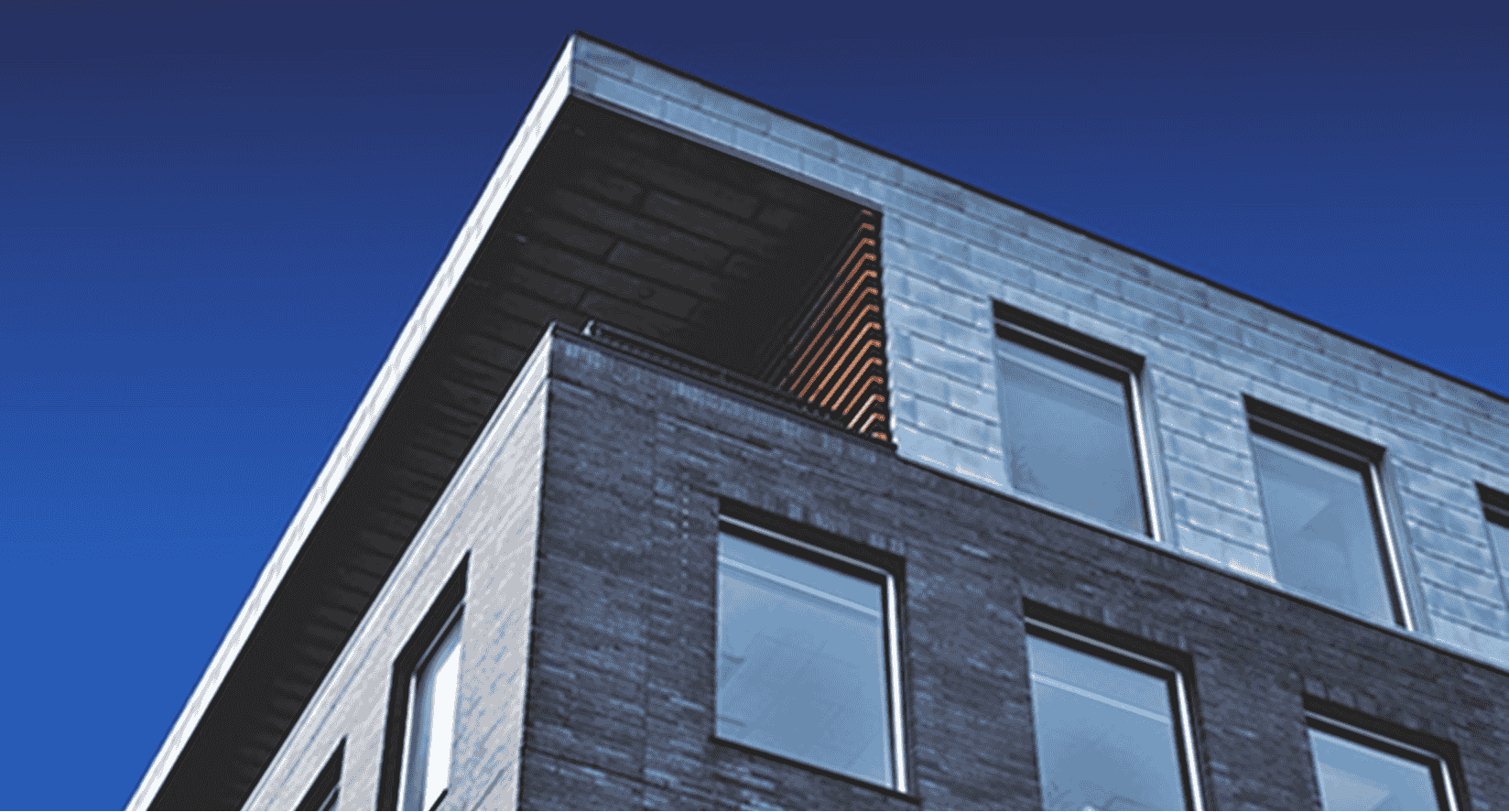Insights and Trends in Real Estate: Your Guide to Smart Property Investments
Explore our latest blog for expert insights, tips, and trends in the real estate market. Stay informed and empowered.
Introduction
Securing the best mortgage rate is one of the most important steps in the homebuying process. Even a small difference in interest rates can result in significant savings over time. As mortgage rates can fluctuate due to various economic factors, it’s essential to know how to lock in the best rate when the opportunity arises. In this blog, we’ll walk you through the best strategies to ensure you secure the most favorable mortgage rate available in the current market.
1. Understand the Market Trends
To lock in the best mortgage rate, it’s essential to understand current market trends. Mortgage rates fluctuate due to various factors such as inflation, economic indicators, and Federal Reserve policies. By staying updated on these trends, you can time your mortgage application effectively. Look for moments when rates are at their lowest to get the best deal.
2. Improve Your Credit Score
Your credit score is one of the most significant factors in determining the mortgage rate you’ll receive. Lenders typically offer the best rates to borrowers with higher credit scores. To increase your chances of locking in a lower rate, work on improving your credit score by paying off debt, avoiding new credit inquiries, and keeping credit card balances low. Even a slight improvement can make a big difference in the rate you receive.
3. Consider a Larger Down Payment
A larger down payment reduces the lender's risk, and in turn, may help you secure a better mortgage rate. Typically, putting down at least 20% can lead to more favorable terms, including lower interest rates. If you're able to afford a larger down payment, it could be worth considering as part of your strategy to lock in the best rate.
4. Compare Different Lenders and Loan Options
Not all lenders offer the same mortgage rates, and even slight differences can have a big impact on your monthly payments. Take the time to shop around and compare rates from different banks, credit unions, and mortgage brokers. Look beyond just the interest rate—consider closing costs, loan terms, and any additional fees to ensure you’re getting the best deal overall.
5. Consider Locking in Your Rate Early
Once you’ve found a favorable rate, consider locking it in with your lender. Many lenders allow you to lock in a mortgage rate for 30, 45, or even 60 days. This protects you from interest rate increases while you finalize your loan details. If rates are particularly volatile or rising, locking in a rate early could save you money in the long run.
6. Pay Attention to Loan Type and Term Length
The type of mortgage you choose and the length of your loan can also impact the rate you receive. Fixed-rate mortgages tend to have higher interest rates compared to adjustable-rate mortgages (ARMs), but they offer stability over time. Additionally, shorter loan terms—such as a 15-year mortgage—often come with lower interest rates than longer terms like 30 years. Consider your long-term financial goals when choosing the right loan type and term length for your needs.
7. Avoid Making Major Financial Changes
Lenders will typically check your financial status right before closing, so it’s important to avoid making major changes during this period. Large purchases, opening new credit accounts, or making significant withdrawals from your savings can all raise red flags for lenders and potentially impact your mortgage rate. To lock in the best rate, maintain financial stability throughout the loan process.
8. Work with a Mortgage Broker
If you're unsure where to start, working with a mortgage broker can be beneficial. A broker can help you compare various mortgage options, negotiate rates, and find the best deal for your financial situation. They have access to a variety of lenders and can help you secure a rate that suits your needs.
9. Lock in for a Longer Term If Rates Are Low
If interest rates are particularly low, consider locking in your mortgage rate for a longer term. While this option might come with slightly higher rates than shorter-term locks, it can provide long-term savings if rates rise in the future. A longer lock-in period can give you peace of mind knowing your rate is secure, even if the market fluctuates.
10. Review Your Lock-In Period Before Closing
Before finalizing your mortgage, make sure you review your rate lock period. Ensure the lock-in will last long enough to cover the entire closing process. If you expect delays, you may need to negotiate an extension. Securing a rate lock that aligns with your closing schedule can prevent you from being caught in rising rates before you close on your home.
Conclusion
Locking in the best mortgage rate requires preparation, knowledge of the market, and careful planning. By understanding market trends, improving your credit score, comparing lenders, and making strategic financial decisions, you can position yourself to secure a rate that saves you money in the long run. Take the time to research, compare options, and lock in your rate at the right moment—your future self will thank you for it.
Latest Blog
paragraph text
Ready to get your home
Discover a wide range of properties that match your lifestyle and budget.
Explore All



